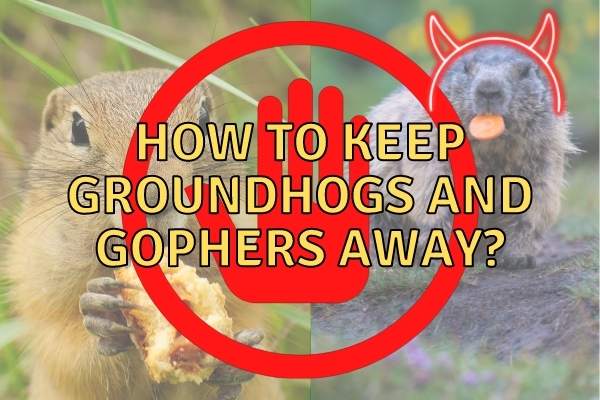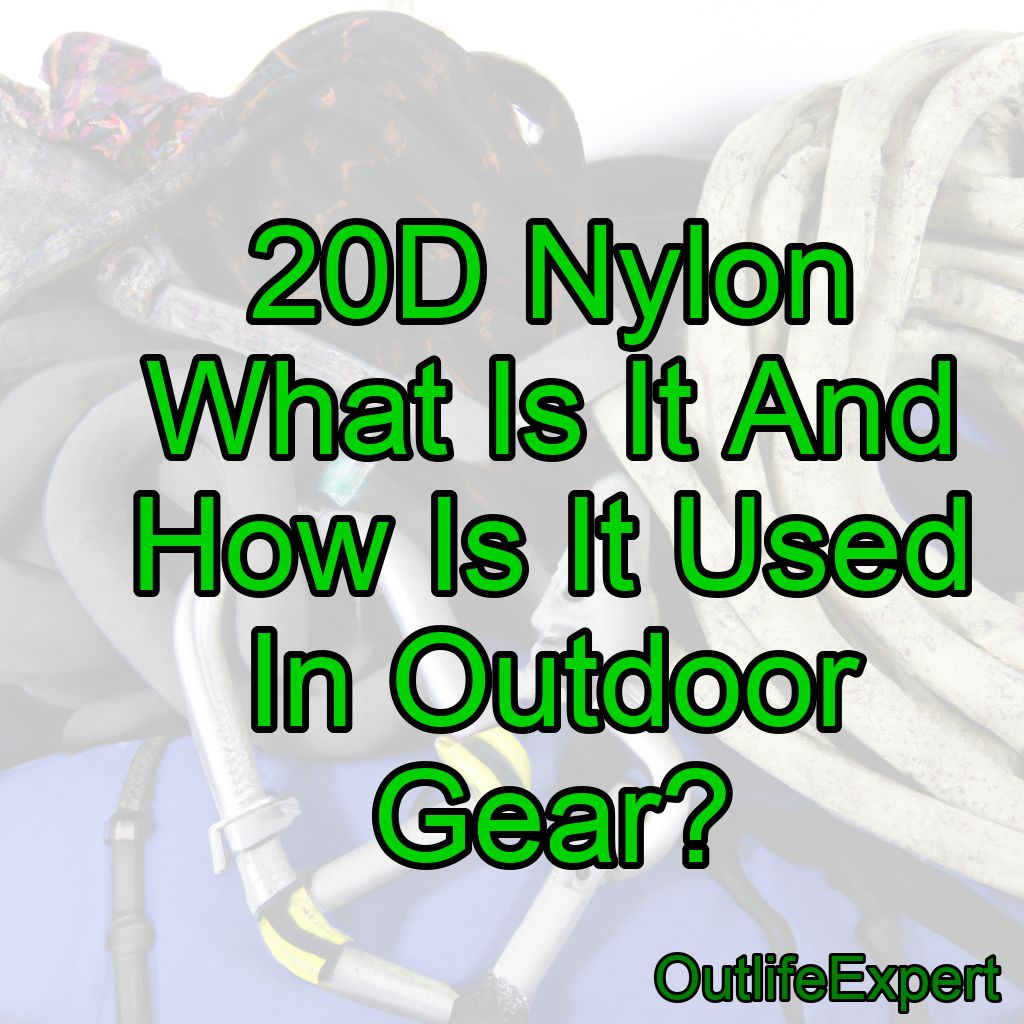I have previously written a range of articles on what groundhogs eat, and how they, depending on the season, may ruin your backyard by eating your plants, including flowers, tomatoes, onions, and numerous fruits. The same is the case for gophers.
There are several ways to make sure that rodents like groundhogs, gophers, mice, and rats, do not infiltrate your precious backyard vegetation!
My favorites are those using light flashes, ultrasounds, and water sprays that are highly effective especially when combined. But I have also listed cheaper more really available options that can be implemented in minutes!
Know your enemy they say – so here comes a bit of background on the types of animals we dealing with here!
Don’t worry, we will get practical in just a few lines – scroll if you must!
Whereas the groundhogs and gophers are in the same order (Rodentia – also known as rodents) making them evolutionary cousins, rather than siblings, gophers are more closely related to prairie dogs that belong to the same family (Sciuridae).
Interestingly, squirrels do also belong to this family – so these scare techniques may also apply to them!

Whereas groundhogs are likely to make more damage to your backyard vegetation, they are usually present in lesser numbers than the (smaller) gopher that is, however, more likely to eat the roots of your flowers and trees!
8 Ways To Prevent Groundhogs and Gophers From Eating Your Plants!
There are several ways to prevent pests like groundhogs and gophers from invading your backyard.
1. Using ultrasonic sound
Gophers, like other pest mammals that may invade your garden, tend to have very good hearing. This means that loud or consistent noises will scare them away or at least shorten their visits.
Check out my full buying guide for these ingenious ultrasonic repeller devices here!
One of my favorite technologies to keep pests away from my backyard is these cool solar-powered ultrasonic sound emitters that you can buy right from Amazon! In my experience, they really work, and the solar panels on top save you the time and money of changing batteries all the time.
They will also work against rodents like gophers, mice, and rats!
2. Sprinkling natural repellents
Gophers may be scared off by using natural scents such as coyote urine or predator scents.
They may also cause them to leave if there is a combination of sounds being played from a radio. The sounds include the sound of barking dogs and coyotes.
You can sprinkle dog hair, cayenne pepper or strong enteric oils and other natural repellents around the garden to keep the groundhogs away.
See my complete list of humane ways to keep groundhogs away from your yard for more tips and tricks!
3. Fencing around the garden
You can also fence around your garden to keep gophers from entering the garden. It should be at least 3 feet deep and have a double row of fencing.
Groundhogs are good diggers so it has to go underground or they may find a way into the garden even with the fences in place!
4. Using live traps
You can use a live trap to capture gophers and move them to another area. Live trapping is currently the most humane way of groundhog control.
Once you have removed all groundhogs from an area, it is important to ensure that they do not come back by using fencing or other barriers to block access.
You can also just buy a live trap, as the sturdy metal ones shown here:
To lure the groundhogs in, you can use one of the numerous favorite foods of groundhogs or an optimized extra attractive formula like this one to make the catch even quicker!
5. Using natural pesticides
There are pesticides or rodent toxins that can be used to kill groundhogs on your property. These may also affect other animals in the area so it is important to ensure that they are only sprayed on the targeted plants.
I do not recommend these, as I prefer more humane ways as described here. Also, anything that kills an animal will also harm humans to some degree, so go for a repellant rather than a toxin if you go the chemical route!
6. Using Scarecrows
You can use a scarecrow in your garden to keep groundhogs away. Groundhogs are afraid of novelty so time-sensitive or motion-activated scarecrows may also be effective in keeping them out of the garden.
7. Using Lights
Groundhogs are not strictly nocturnal animals but they are most active at low light so they do avoid areas with bright lights.
Motion-activated lights, sounds, and sprinklers may help prevent groundhogs from entering your yard.
Any blinking light will confuse and scare away groundhogs from your yard, especially if they are motion activated and sudden!
8. Motion-activated sprinklers
Like most animals, groundhogs hate surprises, and they will run away if suddenly sprayed with water. I like this solution because it is humane, simple, effective, and does not require much time to set up.
The Havahart 5277 is a motion-activated sprinkler that is activated by the movement of animals up to 25 feet away and sprays them with a harmless water jet, frightening them off and keeping them at bay.
The included metal stake makes it easy to install in your garden, and the sprinkler can be rotated 180 degrees for maximum coverage.
Conclusions
These precautions should help you protect your crops, and yard in general, from hungry critters that might be interested in eating your hard work!
While traps may be dangerous to pets or children if not properly monitored, repellants can be expensive, toxic, and take time to work. Fences are a good option if you have the space, but they may not be practical in all situations.
However, some pest animals are not deterred by fences, repellents, or companion plants. So for these animals, the best options are sprinklers or ultrasounds devices as these take up little space and are quite humane.
Therefore, scare tactics such as making loud ultrasounds or using reflectors and scarecrows are probably the most effective long-term solutions in my view.
















